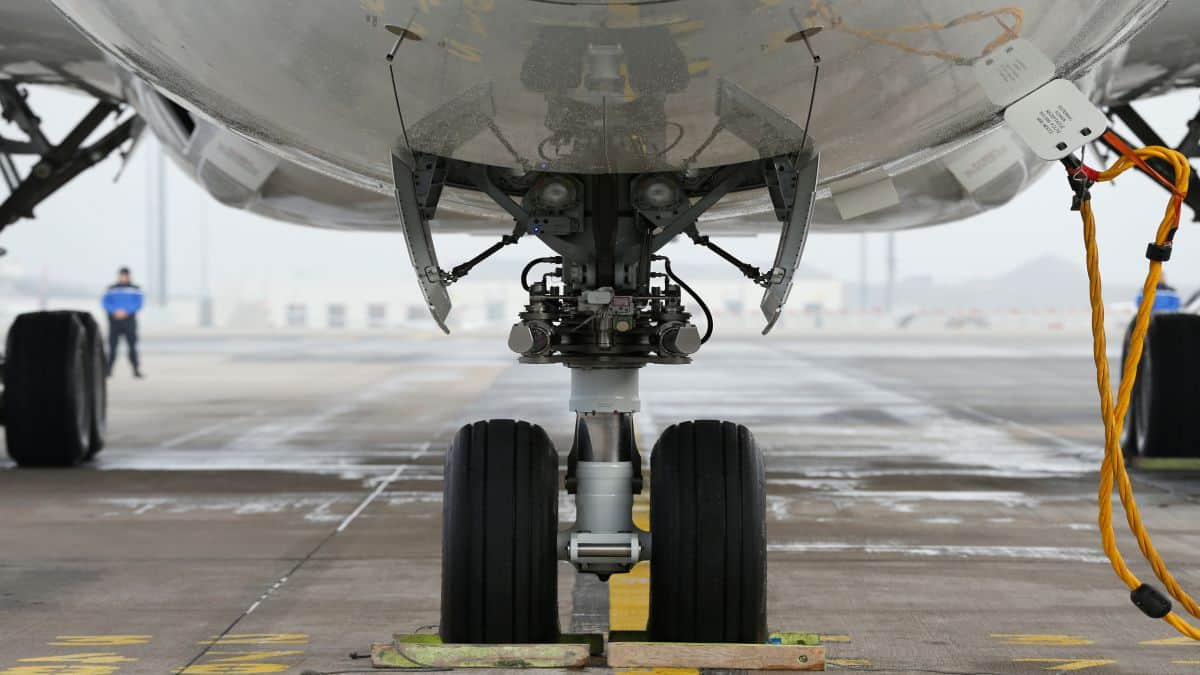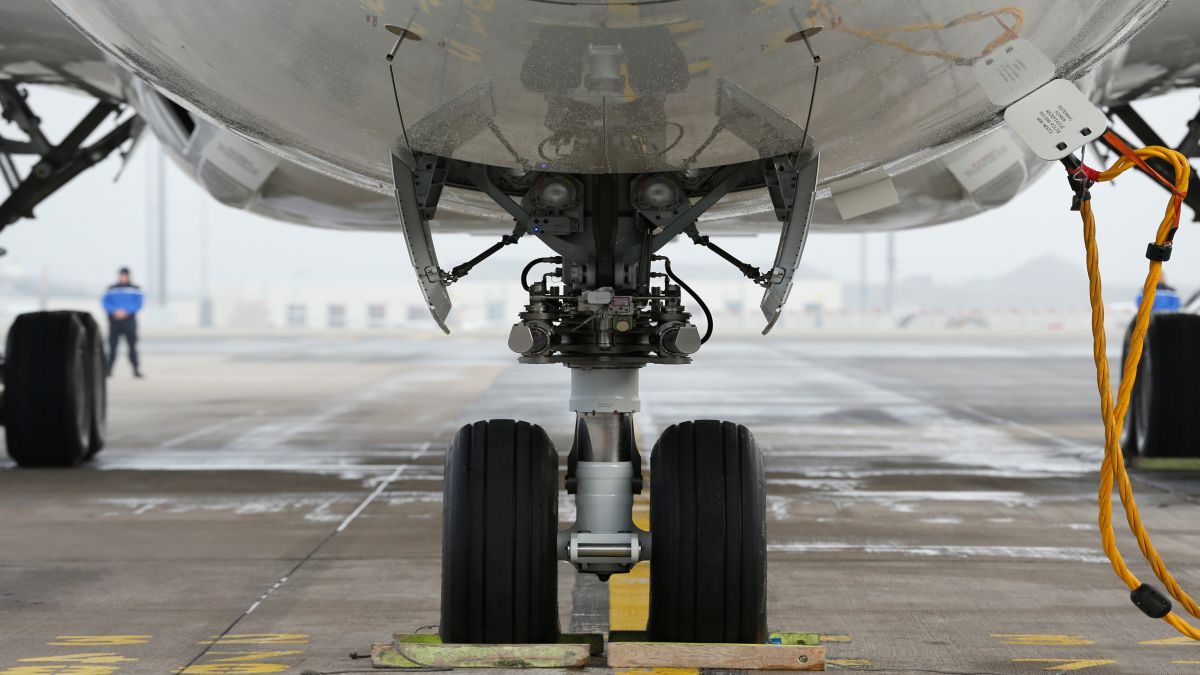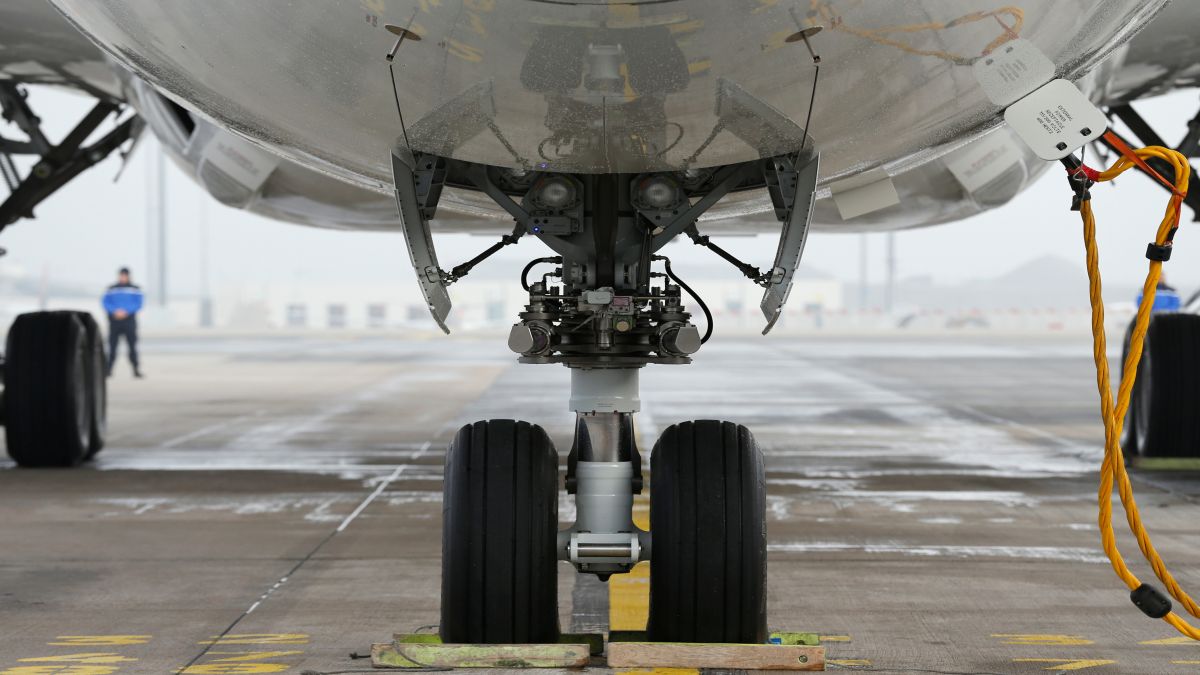China’s navy has achieved a significant milestone with the first-ever public demonstration of its electromagnetic aircraft catapult system, a technology that has until now been exclusive to the United States.
The development, showcased on its newest and most advanced aircraft carrier, the Fujian, marks a pivotal step in the evolution of the People’s Liberation Army Navy (PLAN) and reflects Beijing’s growing ambitions to project military power far beyond its coastline.
On Monday, the Chinese navy announced that three carrier-based aircraft – the J-15T multirole fighter, the fifth-generation J-35 stealth fighter, and the KJ-600 airborne early warning and control aircraft – successfully carried out electromagnetic catapult-assisted take-offs and arrested landings from the Fujian.
This represents the first time Chinese carrier-based aircraft have completed such operations using this advanced launch technology.
This demonstration places China in an exclusive category of nations capable of deploying electromagnetic aircraft launch systems (EMALS), with the United States being the only other country to have operationalised this technology.
The US Navy integrated EMALS on its USS Gerald R. Ford, which became fully certified for flight deck operations in 2022.
The Fujian’s commissioning, expected later this year, will give China three operational aircraft carriers, enhancing its capacity to conduct sustained operations in areas such as the Taiwan Strait and the South China Sea, where Beijing’s maritime activities have been a point of contention with the US and neighbouring countries like the Philippines.
Why this is a major leap for the PLAN
The announcement was accompanied by footage broadcast by Chinese state television network CCTV, showing the complete launch sequence of aircraft using the Fujian’s electromagnetic catapult system.
Three types of carrier-based aircraft, including J-15T, J-35 and KJ-600, completed catapult launch and landing training on board the PLANS Fujian for the first time this year, demonstrating the Fujian’s capability of electromagnetic catapult and recovery operations. pic.twitter.com/XATTs1yCtu
— ChinaNavy (@China_Navy) September 22, 2025
Earlier promotional videos had only hinted at successful trials, showing deck crew celebrations without revealing the actual take-off process.
The state-run Xinhua news agency highlighted the scale of progress in recent years, stating, “In recent years, the (Chinese) navy’s carrier-based aviation has accelerated its development, completing a huge leap from single aircraft to system, from shore-based to ship-based, from ski-jump to catapult, and from being able to fly to being able to fight. The People’s Navy is steadily moving towards building a world-class navy.”
Chinese officials framed the trials as a culmination of years of development and testing. Since its launch, the Fujian has undergone an extensive schedule of sea trials, totalling more than 100 days at sea, aimed at validating its systems before entering active service.
According to CCTV, “Since its first sea trial in May 2024, the aircraft carrier Fujian has been conducting various maritime tests in an orderly manner according to schedule, smoothly advancing the commissioning of onboard systems and equipment as well as testing overall operational stability.”
These trials have been particularly focused on the electromagnetic catapult system, given its complexity and the fact that this is China’s first operational platform featuring CATOBAR (Catapult Assisted Take-Off But Arrested Recovery) technology.
The Fujian has completed at least nine sea trials so far, including a recent transit through the Taiwan Strait en route to the South China Sea. This deployment was reportedly for its final round of testing and was escorted by two destroyers.
Security analysts believe the release of complete footage during the ninth trial signals that the Fujian is very close to induction.
Ben Lewis, co-founder of PLATracker, told USNI News, “While it appears likely that the tests were done earlier this year, the choice to release the footage during Fujian’s ninth sea trials suggests that Fujian will likely be ready for commissioning in the near future.”
How EMALS works & why it matters
The Electromagnetic Aircraft Launch System (EMALS) represents a generational leap over the traditional steam-powered catapults that have been standard on aircraft carriers since the 1950s.
Instead of relying on steam pistons, EMALS uses linear induction motors powered by alternating electrical currents to propel aircraft along the flight deck.
This technology offers several operational advantages:
Wider variety of aircraft launches: The system’s adjustable power output allows it to launch both light and heavy aircraft. Steam catapults, by contrast, often deliver excessive force, limiting launch options to heavier planes. This flexibility is vital for the future deployment of unmanned aerial vehicles (UAVs), which are expected to play a larger role in naval aviation.
Reduced stress on airframes: EMALS provides smoother, more controlled acceleration, minimizing structural strain on aircraft during take-off. This extends the lifespan of expensive platforms like stealth fighters and airborne early warning planes.
Increased sortie generation rate: Because the system regenerates power more quickly than steam catapults, it enables faster successive launches, improving the carrier’s ability to sustain combat operations and maintain air superiority during extended missions.
Greater payload capacity: Aircraft can take off with more fuel and weapons, extending their strike range and enhancing their combat effectiveness.
The USS Gerald R. Ford class was the first in the world to operationalise EMALS. While the US Navy views it as a critical upgrade, the system has faced questions about reliability.
A report by the US Congressional Research Service (CRS) in August noted, “Despite engineering upgrades to hardware and software, reliability has not appreciably changed from prior years and reliance on off-ship technical support remains a challenge.”
China has not disclosed details about the Fujian’s catapult system, including how it addresses maintenance or long-term reliability issues.
However, the successful tests suggest that Beijing has made substantial progress in overcoming the engineering hurdles associated with such a complex launch mechanism.
What makes Fujian, China’s most advanced aircraft carrier
The Fujian, launched on June 17, 2022, at the Jiangnan Shipyard in Shanghai, is China’s third aircraft carrier after the Liaoning and Shandong.
It is the first Chinese carrier to be fully designed and developed domestically, representing a new level of indigenous naval engineering capability.
Key specifications of the Fujian include:
Displacement: Over 80,000 tonnes, making it the largest conventionally powered warship globally.
Length: 316 metres (1,037 feet).
Launch system: Three electromagnetic catapults and a CATOBAR recovery system.
Aircraft capacity: Approximately 60, including fighters, early warning aircraft, anti-submarine planes, and drones.
This makes the Fujian significantly larger than its predecessors. The Liaoning displaces about 60,000 tonnes, and the Shandong about 66,000 tonnes.
By comparison, the UK’s HMS Queen Elizabeth displaces 65,000 tonnes, and France’s Charles de Gaulle about 42,000 tonnes.
Only the US Navy’s Ford-class supercarriers, at 100,000 tonnes, are larger.
However, unlike US carriers, the Fujian is not nuclear-powered, relying instead on conventional fuel. This difference limits its endurance and requires periodic refuelling, either at port or at sea via replenishment ships.
Nuclear propulsion allows US carriers to remain at sea for extended periods, with only crew provisions acting as a constraint.
CATOBAR vs Ski-Jump
China’s first two carriers, Liaoning and Shandong, employ a ski-jump ramp system, where aircraft rely on their own thrust combined with the ramp’s incline to become airborne.
While effective for lighter aircraft, ski-jump systems restrict the payload an aircraft can carry and prevent the operation of certain heavy fixed-wing aircraft, such as advanced airborne warning planes.
The Fujian’s CATOBAR system, using electromagnetic catapults, overcomes these limitations. It allows the launch of larger, heavier aircraft with full fuel and weapons loads, significantly extending operational range and mission versatility.
This transition mirrors the technological path taken by the US decades earlier and signals China’s entry into the ranks of blue-water navies, capable of sustained operations far from home waters.
How this will aid China’s naval strategy
Upon commissioning, the Fujian will be based at Sanya in Hainan province, one of China’s two major carrier homeports. The addition of a third operational carrier group will dramatically expand China’s maritime capabilities, particularly in contested regions.
https://t.co/myvWGX3rWN pic.twitter.com/FbuzV0skit
— ChinaNavy (@China_Navy) September 22, 2025
The aircraft involved in the trials reflect the broader vision for carrier operations:
J-15T: A 4.5-generation multirole fighter, upgraded for catapult launches.
J-35: A fifth-generation stealth fighter, enhancing strike and air superiority capabilities.
KJ-600: An advanced airborne early warning aircraft, critical for long-range surveillance and battle management.
The ability to launch and recover these aircraft from the Fujian demonstrates a new level of integration and sophistication within the PLAN’s carrier aviation wing.
The electromagnetic catapult system enables Chinese carrier aircraft to launch with heavier payloads and greater fuel reserves, extending their strike distance beyond that of the Liaoning and Shandong.
This enhanced range provides China with the ability to conduct more complex missions, from long-range strikes to comprehensive air defence coverage.
It also strengthens Beijing’s deterrence posture by allowing it to operate farther from its shores and closer to US and allied positions in the region.
Following commissioning, further certifications are expected over the coming months, including exercises to integrate the Fujian’s operations with China’s PLA Air Force and Rocket Force. These final tests are anticipated to continue into the spring of 2026.
Also Watch:
With inputs from agencies


)

)
)
)
)
)
)
)
)



